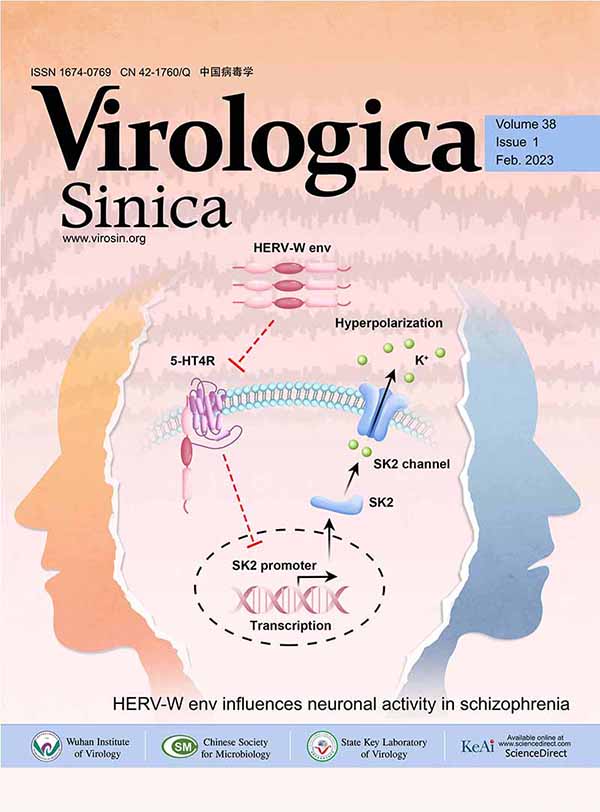Detection of Swine Influenza Virus in Clinical Samples Using RT-nested PCR Assay
Abstract: Using two pairs of primer based on conserved sequences of the NP gene of influenza A virus, a RT-nested PCR assay was developed to detect Swine influenza virus in clinical samples. No cross reactions with three other swine pathogens of respiratory disease such as Porcine respiratory and reproductive syndrome virus, Porcine circovirus type 2 and Mycoplasma suipneumoniae. With agarose electrophoresis detection, the RT-nested PCR was 100 times more sensitive compared to that of non-nested RT-PCR. 35 clinical samples including 4 blood samples and 31 lung tissues from Southern China were tested by RT-nested PCR, and 28 (80%) out of 35 sample were positive. By propagated in 9-to 10-day-old SPF embryonated chicken eggs, 23 strains of Swine influenza virus were isolated from 28 positive samples. The result of RT-nested PCR was 82% in agreement with that of virus isolation, and the RT-nested PCR were more sensitive than the virus isolation. No Swine influenza virus was isolated from the all RT-nested PCR negative samples. On the basis of characterization of HA gene sequences , 5 out of 23 strains had H3 and H9 subtypes. It suggested that the RT2nested PCR assay was rapid ,specific and sensitive , and it was is advantageous to detect influenza virus in latent infections.













 DownLoad:
DownLoad: